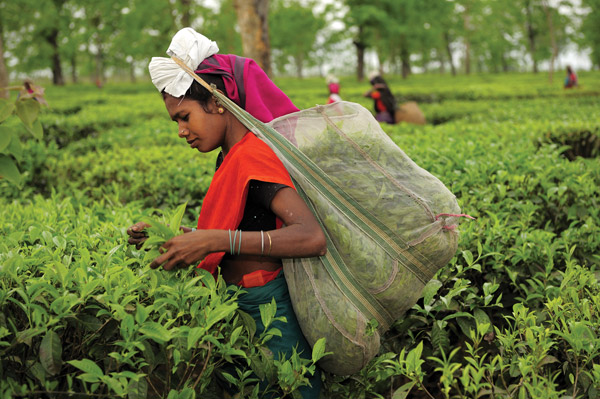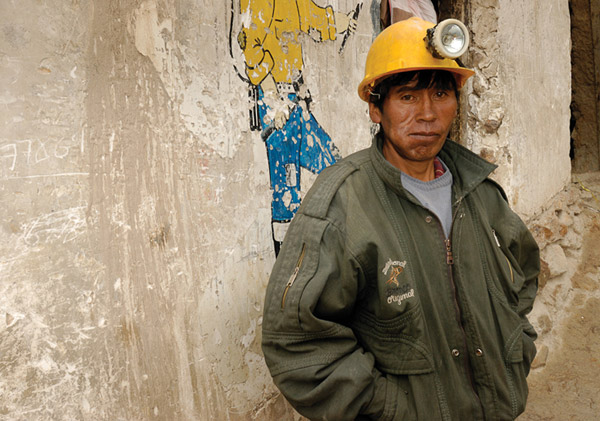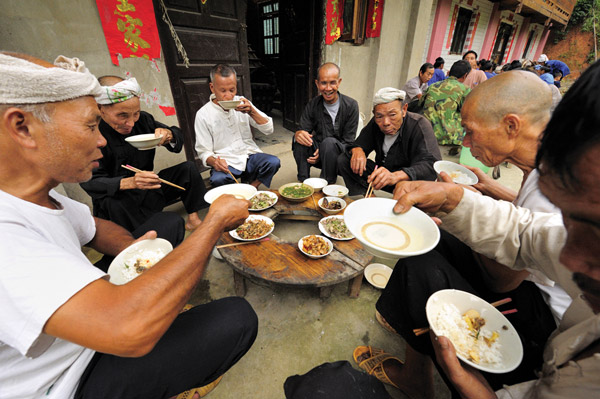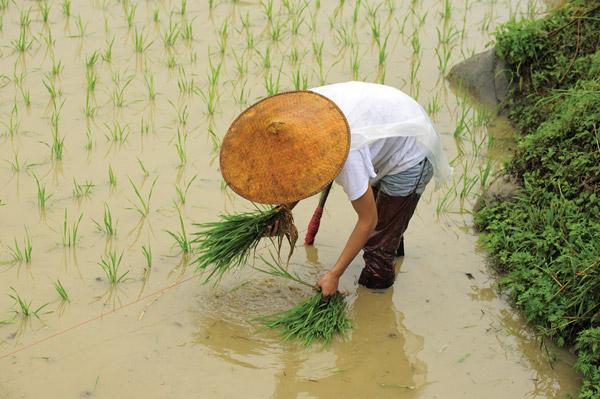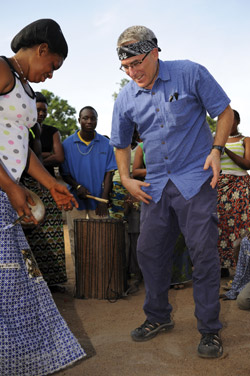Thanks for sharing your experiences in dealing with these issues. I like your approach and stance to the money issue in particular. Finding out a more pertinent currency to the locals (like supplies) I think opens doors as a type of bridge across cultures that is sometimes hard to initially build.
With a rifle in one hand and a 5D MKII in the other, trying to not influence the moment has proven challenging at times for me. I have found that a great ice-breaker here in the remote areas of Afghanistan is to learn some of the local greetings and customs.
I get a kick out of showing the locals the pics on the LCD too. It always results in a feeding frenzy of excitement especially with kids, but after everyone knows what you are up to they return to business as usual.
Beautiful photos on your site BTW, very inspiring artwork and great travel locations.
